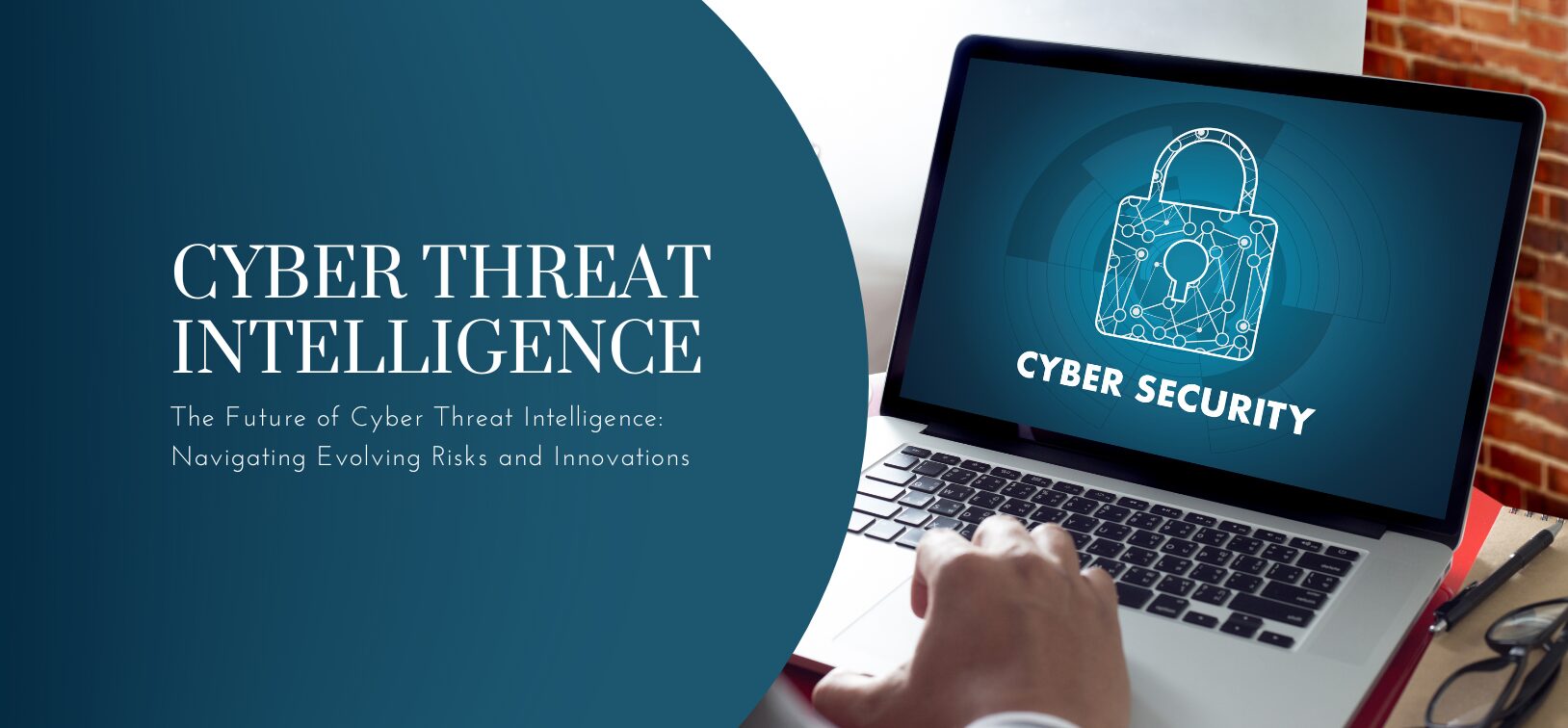As cyber threats continue to evolve, the need for robust cyber threat intelligence becomes more critical. The future of cyber threat intelligence lies in leveraging advanced technologies like artificial intelligence and machine learning to enhance detection and response capabilities.
This shift not only improves the efficiency of threat analysis but also empowers organizations to anticipate and mitigate risks before they escalate.
You may wonder how these advancements will impact your organization’s cybersecurity strategy.
By integrating real-time data analysis and automation, businesses can make informed decisions faster, allowing for more proactive protection against potential attacks. The growing emphasis on collaboration between sectors will also facilitate sharing insights, further strengthening your defense mechanisms.
Staying ahead of emerging threats requires a commitment to continuous learning and adaptation. Embracing these innovations will not only safeguard your assets but also position your organization as a leader in cybersecurity resilience.
Evolution of Cyber Threats
Cyber threats have evolved significantly over the decades. This evolution reflects changes in technology, user behavior, and the motivations behind cybercrime.
Historical Perspectives
In the early days of computing, cyber threats were often simple and opportunistic. Viruses like the Morris Worm in 1988 demonstrated how vulnerable networks could be to self-replicating code.
As the internet grew, threats became more complex, with hackers seeking notoriety rather than financial gain.
By the 2000s, cybercrime transitioned into a lucrative business model. Malware variants evolved, introducing ransomware and spyware designed to extract financial information. Nation-state actors emerged, using sophisticated tactics and tools to conduct espionage and disrupt services.
Current Trends in Cybersecurity
Currently, cyber threats are multifaceted, involving sophisticated phishing techniques and zero-day exploits. Ransomware attacks have surged, targeting critical infrastructure and businesses of all sizes.
According to recent data, 70% of organizations reported being victims of ransomware attacks in the past year.
The rise of the dark web has enabled easier access to hacking tools and stolen data. Additionally, the COVID-19 pandemic accelerated the shift to remote work, increasing the attack surface for cybercriminals. Organizations are investing in advanced threat intelligence solutions to combat these evolving threats effectively.
Predicting Future Cyber Threats
As technology advances, predicting future cyber threats becomes increasingly important.
The rise of artificial intelligence could lead to more sophisticated attacks. Attackers may use AI to automate tasks such as credential stuffing and vulnerability scanning.
Moreover, the Internet of Things (IoT) presents new vulnerabilities. With a growing number of connected devices, attackers can exploit weak security protocols to gain access to networks. Organizations must anticipate these challenges and adapt their security measures accordingly.
Staying ahead of this evolving landscape requires continuous monitoring and adaptation to emerging trends. Emphasizing proactive strategies and fostering a culture of cybersecurity awareness will be essential in mitigating future threats.
Cyber Threat Intelligence Frameworks
Understanding cyber threat intelligence frameworks is essential for developing effective strategies. You will explore various techniques for gathering intelligence and the methods used for analysis and interpretation.
Intelligence Gathering Techniques
Intelligence gathering is crucial for identifying potential threats. Techniques often employed include Open Source Intelligence (OSINT), which utilizes publicly available data from the internet.
Through OSINT, you can collect insights from social media, forums, and other platforms. This method is both cost-effective and broad in scope, allowing you to access a wealth of information.
Consider utilizing automated tools to enhance your collection process, ensuring efficient data capture and analysis.
Additionally, organizations may also leverage human intelligence (HUMINT) by engaging with industry contacts or communities. This can yield insights that automated systems may miss, adding a personal touch to your intelligence efforts.
Analysis and Interpretation Methods
Once gathered, the analysis of threat intelligence is paramount. You should employ methods such as structured analytical techniques, which help in clarifying complex data.
Tools like threat modeling enable you to visualize potential attack vectors and prioritize risks effectively. Combining data sets from various sources provides a more comprehensive view and aids decision-making.
Correlation analysis can reveal patterns that assist in identifying emerging threats. This aids in taking proactive measures before a potential incident arises. Always ensure that your interpretation aligns with actual threat landscapes to maintain accuracy and relevance.
Strategic Response and Defense
In the realm of cyber threat intelligence, effective strategic responses and defenses are crucial for safeguarding digital assets. This involves the implementation of proactive measures to prevent incidents and reactive strategies to address breaches when they occur.
Proactive Measures
Proactive measures serve as the first line of defense against potential cyber threats. These actions include:
- Threat Modeling: Identify potential vulnerabilities within your systems and prioritize them based on risk assessments.
- Regular Security Audits: Conduct audits to assess system integrity and compliance with security standards.
- Employee Training: Provide ongoing cybersecurity awareness training to staff to recognize phishing attempts and other common threats.
- Multi-Factor Authentication: Implement this to add an extra layer of security beyond just passwords.
By addressing vulnerabilities before they can be exploited, you significantly reduce the likelihood of a successful attack on your organization.
Reactive Strategies
Reactive strategies are essential for responding promptly after a security incident. Key components include:
- Incident Response Plan: Develop a clear plan with defined roles and responsibilities for responding to cyber incidents.
- Real-Time Monitoring: Employ tools that provide continuous tracking of network traffic to identify suspicious activities quickly.
- Forensic Analysis: After an attack, conduct a detailed analysis to determine the breach’s origin and impact.
- Communication Protocols: Establish guidelines for internal and external communication when a security incident occurs.
These strategies ensure that your organization can quickly mitigate damage, protect sensitive data, and maintain stakeholder trust following a cyber event.
Challenges in Cyber Threat Intelligence
Cyber threat intelligence faces several key challenges that impact its effectiveness. These include technological constraints, legal and ethical considerations, and the need for collaborative efforts among organizations.
Technological Constraints
Emerging technologies continually reshape the landscape of cyber threats. Your existing systems may struggle to keep pace with these rapid developments.
Inadequate tools for data collection and analysis limit your ability to effectively monitor threats.
Without advanced machine learning or AI capabilities, processing vast amounts of data becomes cumbersome.
Moreover, integrating disparate data sources can lead to inconsistencies. This affects the reliability of threat intelligence outputs.
The lack of standardization across platforms also complicates the sharing of actionable intelligence.
Legal and Ethical Considerations
Navigating the legal landscape is crucial in cyber threat intelligence. Compliance with regulations like GDPR or HIPAA is mandatory when handling personal data.
You must ensure that sharing information does not violate privacy laws.
Moreover, ethical concerns may arise related to the sources of your intelligence. Use of information obtained from questionable practices can damage your organization’s reputation.
You should establish clear guidelines for data usage. This includes tracking and ensuring responsible handling of sensitive information.
Collaborative Efforts and Information Sharing
Collaboration enhances the sharing of intelligence among organizations. However, establishing trust can be challenging.
You may hesitate to share sensitive information, fearing it could harm your competitive advantage.
Additionally, varying goals and priorities across different organizations can hinder effective collaboration.
Creating platforms for secure information exchange is essential but requires significant effort.
You must also address concerns regarding data ownership and attribution, which can complicate partnerships.
Fostering an environment of trust and mutual benefit is vital for successful collaboration in threat intelligence.



































